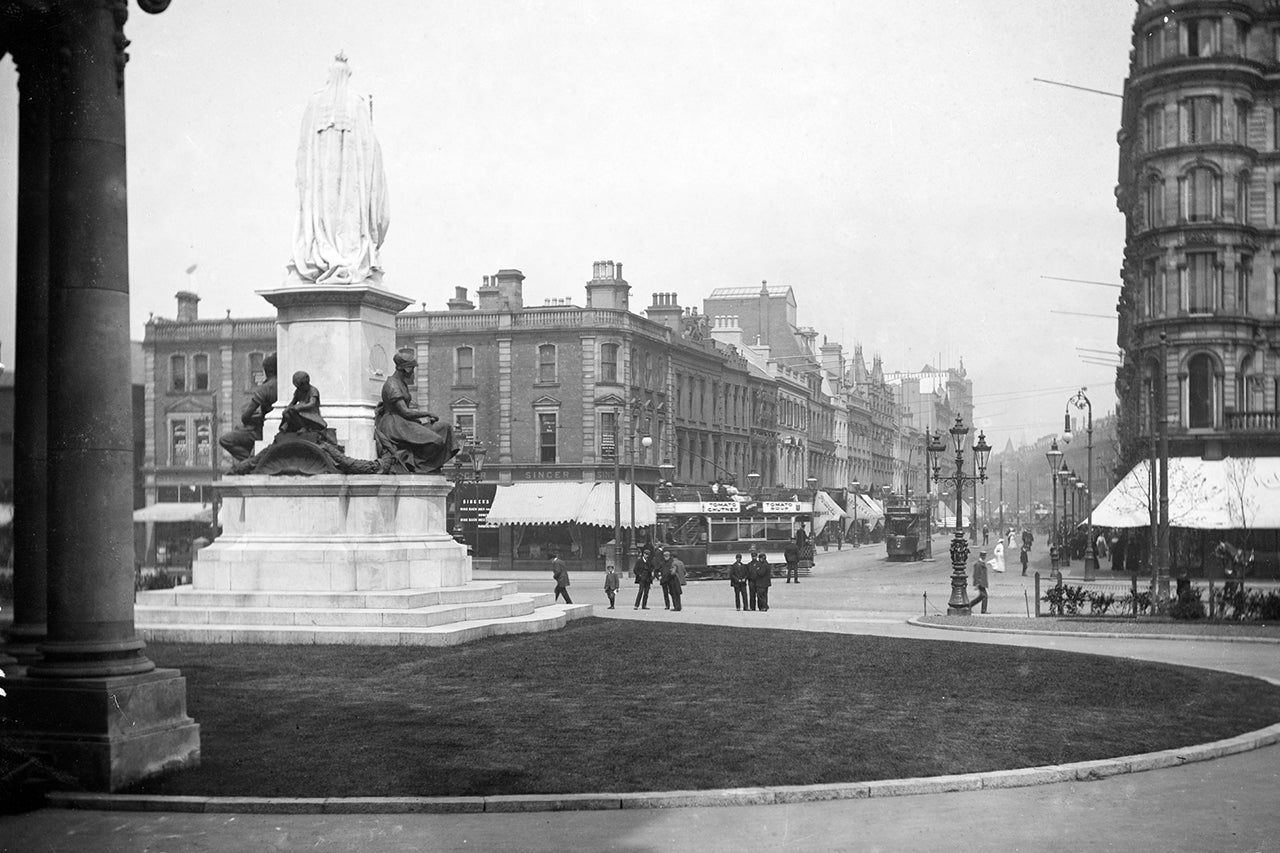Bring them all down? Keep them up but add context? Leave them be? The issues that presently foment around our country’s statues and flags are inarguably potent. Yet however divisive these issues may be, the loaded nature of political symbols is by no means unique to the United States.
Consider Northern Ireland’s longstanding and deep division between two flags. The policies swirling around the placement of the Union Jack of the sovereign British government and the Irish tricolor flag, which represents the state of Ireland, remain a topic of heated debate.
On Tuesday, April 10, 2018, from 7 to 8 p.m., the public is invited to explore what Charleston can learn from Belfast, Ireland, at a lecture hosted by the College’s Irish and Irish American Studies program. Free and open to the public, it will take place in CofC’s Education Center, Room 108.
“Move the Statues and Take Down the Flags: The ‘culture war’ in Northern Ireland 20 years after the Peace Agreement” is a lecture by visiting professor Dominic Bryan, a political anthropologist from Queen’s University Belfast’s Senator George Mitchell Institute for Global Peace, Security, and Justice. Bryan is one of the world’s leading experts on political symbolism.
In 2016 the government of Northern Ireland appointed Bryan the co-chair of its Commission on Flags, Identity, Culture and Identity. He first became interested in political flags while pursuing a Ph.D. in anthropology and exploring ritual parades held by the Orange Order and consequent policy disputes over the right to parade.
“I examined how flags were used by groups to mark territory,” he says.
Bryan’s lecture at the College of Charleston centers on the common issues in Northern Ireland and in the United States over competing historical narratives and disputes over statues in public spaces. It is part of the College’s Carolina Lowcountry and Atlantic World program’s spring lecture series, “When the War is Over: Memory, Division, and Healing.”
“Dr. Bryan’s insights about public memory will help inform our public debate about commemorating the Antebellum South,” says Joe Kelly, director of the Irish and Irish American Studies program at the College. The undergraduate minor program combines cultural, historical and social studies of the Irish in Ireland and in the United States.
Last year, Bryan guided College of Charleston staff and students around Belfast, touring historic sites and monuments. Queen’s University has also hosted a number of CofC students at its International Summer School, including CofC student Madeline Leibin, who two years ago won a Fulbright grant to attend it.
While the lecture homes in on the similarities between Charleston and Belfast, the issues it addresses have applications that radiate far beyond the two municipalities.
“I think most societies have issues about the use of the public space,” says Bryan. “However, disputes around the Confederate flag and monuments and the use of the Union Jack and Tricolour in Ireland make for interesting comparisons. Conflict over historical narratives have real resonance in our two cities.”
Feature photo: City Hall at Donegall Square North, Belfast, with a statue of Queen Victoria, circa 1906.






